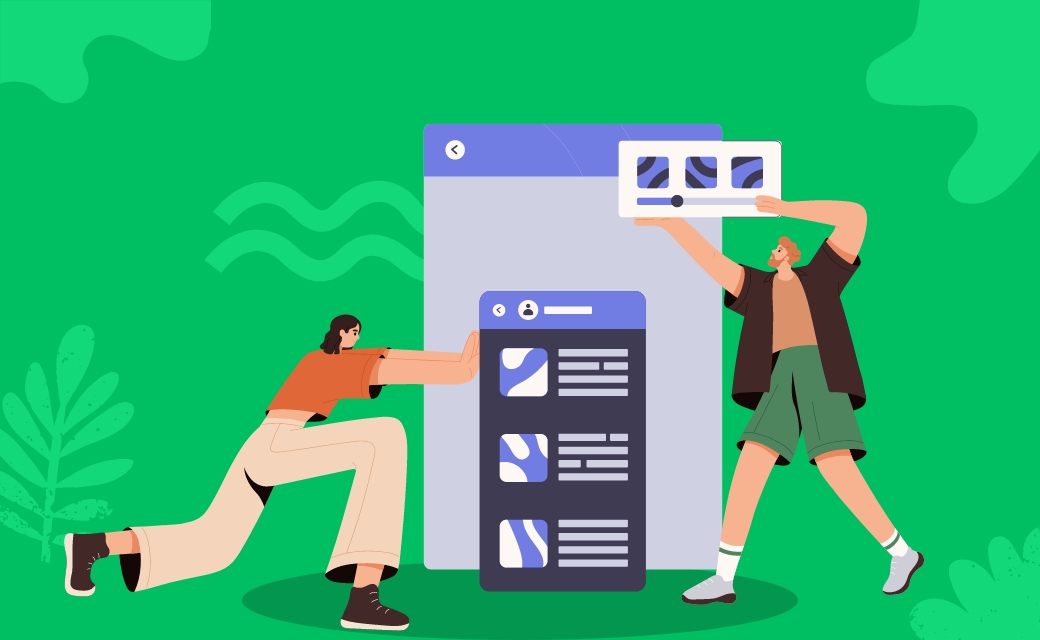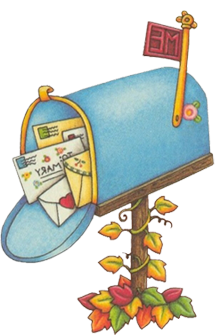Building a website? Here are 10 things you must know to get it right
Things change quite fast in the online world these days. Fast enough to make you wonder if the website you build today will be likable or even be looked upon as tech-savvy a year down the line. It is not just the features and tech spec. It is also what search engines are predicted to love after a year, or how the social landscape can change or even the way content is consumed.
Building a website can take anywhere from a few weeks to half a year depending on the complexity. In the meanwhile, the universe is constantly conspiring and adding new products and plugins that can do the heavy lifting. So, building for the future and staying agile is a key requirement when you make your to-do list. Here’s more to add to that list to give you a well-rounded coverage (and a good night’s sleep).
1. Start with the right domain name

If you are a business, it is simple to make the business name your domain name. Except, it isn’t that simple. The most relevant businessname.com got sold on GoDaddy before even you thought of the idea. So you may have to end up settling for a less-popular version of the domain name or extension.
In case you are a startup, you better check the domain availability before you coin a wacky name. Other general hygiene around the name like spelling, complexity in what it sounds like, unusual extensions and meaning in popular languages can also be a hindrance. From a tech perspective, the age of the domain, previous owners, and likeability by search engines will matter too. Choosing a domain name is not something to be taken lightly.
2. What do you want to achieve

You are building a website for a reason – be it building a community, providing information, sharing content, sell products or build a reputation. Ask yourself and your team this question long and hard until you have finite answers that are surrounded with goals, KPIs, and metrics that push you back into thinking why you are doing things the way you are.
A lot of it starts with visualizing what you want the user to do on the site and think of multiple user paths. Link these journeys to clear outcomes like ‘filling a lead form’, ‘buying a product’, ‘clicking on an affiliate link’ etc.
3. Choosing the right CMS

Content management systems aren’t easy to switch so it is best to access your future requirement while making a plan today. For example, if you see the site growing to accommodate several hundred guest bloggers, it is best to choose a CMS now that can support and grow with your users. If you visualize the site to do some heavy lifting on the back end with a few hundred thousand pages, it is best to prepare a CMS that can effectively support this agenda without crashing.
If you go with WordPress, start by choosing the right WordPress version (.com and not .org). There are other upcoming platforms like Wix and Squarespace but you need to decide if they can fully cover what you have in mind in terms of your brand image.
4. Choosing a secure website

Have you heard nightmare stories of sites being hacked and hackers doing everything from pranking to blackmail to outright insults and tonnes for PR money to patch user trust back? If you don’t want to be that ‘someone’, it is best to have basic hygiene security measures like an SSL certificate. Be sure to have extra firewalls to protect customer data, even from new employees. Other than this, doing regular checks and testing needs to be planned at intervals to combat with the new type of malware and threats.
5. Designing for mobile responsiveness

Being mobile responsive is no longer a choice. Customers are increasingly on mobile. Search engines are giving huge weightage to mobile-friendliness. There is a difference between having a mobile responsive website and having an app for the site. You have to choose what you need and the most cost-effective way to make it work. Being mobile responsive will also come with riders on which browsers or devices you’ll choose to optimize for.
6. Compatibility

Speaking of browsers, you will also have to work around versions of the browser for which you want to appear compatible. While there are several jokes about using Internet Explorer/, it is still considered to be important to stay optimized for the latest version.
7. Design and content

Most people put the first slot of static content in place for the website to take things up later as they come. The design too is done to accommodate the first trench of the website. Things tend to change when you start getting a thrust with user-generated content or want to start building new content blocks to get an SEO thrust.
8. Looking at competitors

There are more than enough spying tools in the market that can open your competitors marketing strategies in a way that wasn’t possible a few years back. From Ahref to SEM Rush to Moz, you can find everything from keywords to links about your competitor. But it is also great to observe your site from a customer perspective to pick out strategy nuggets that are missing from your arsenal.
9. SEO and local business listings
There is no question that SEO is one of the must-do tasks for a new site. Making your site search-engine friendly is a must to start receiving organic traffic. In addition to the page, off-page and technical SEO, also pay keen attention to getting the right local business listing if you are one. It gives a good thrust to rankings if you have good reviews and images.
In addition to this, you can also do a 360-degree virtual tour of your business for SEO brownie points.
10. Cost

By now, you must have seen the varying highs and lows that different development agencies quote when given a website brief. Those with a lesser-know clientele will be eager to get on board and quote less. Those with a few known names under their belt will give you a quote that will be almost double of elsewhere.
No matter which one you go with, ensure that you have the development milestones and timeline within the signed contract. Also be sure to get things like weekly calls/visits, reporting formats, approval timelines and plan B’s in place with a rider on the deliverables. A late fee also works wonders.
While you are busy with the nitty-gritty, it is best not to lose sight of the big picture. You need to visualize your site launch and how it is making a dent in the universe. Your content is the next best thing you need to keep your audience glued. Want to see how we’ve created sticky content for our clients? Drop us a line.








